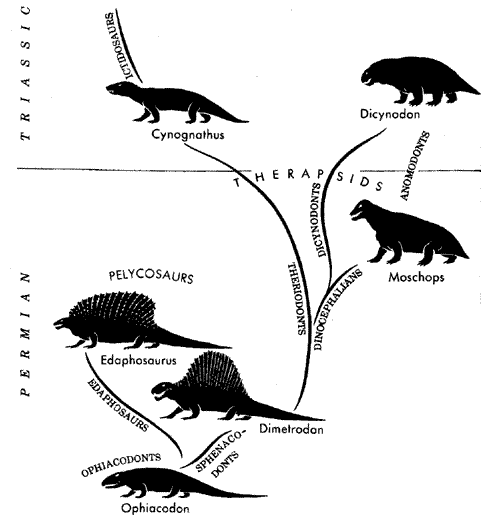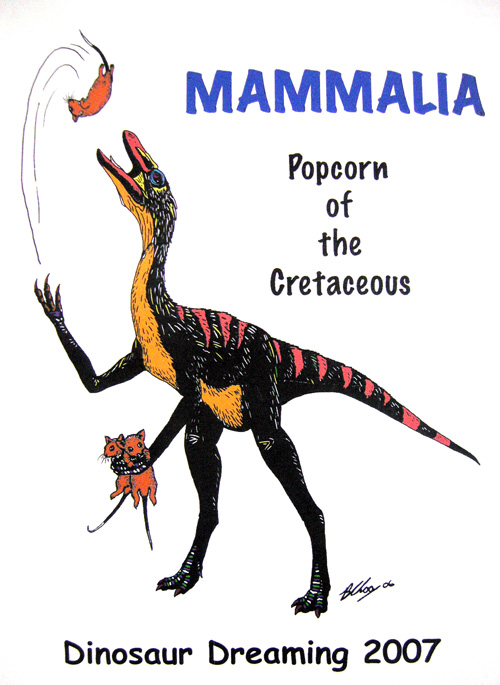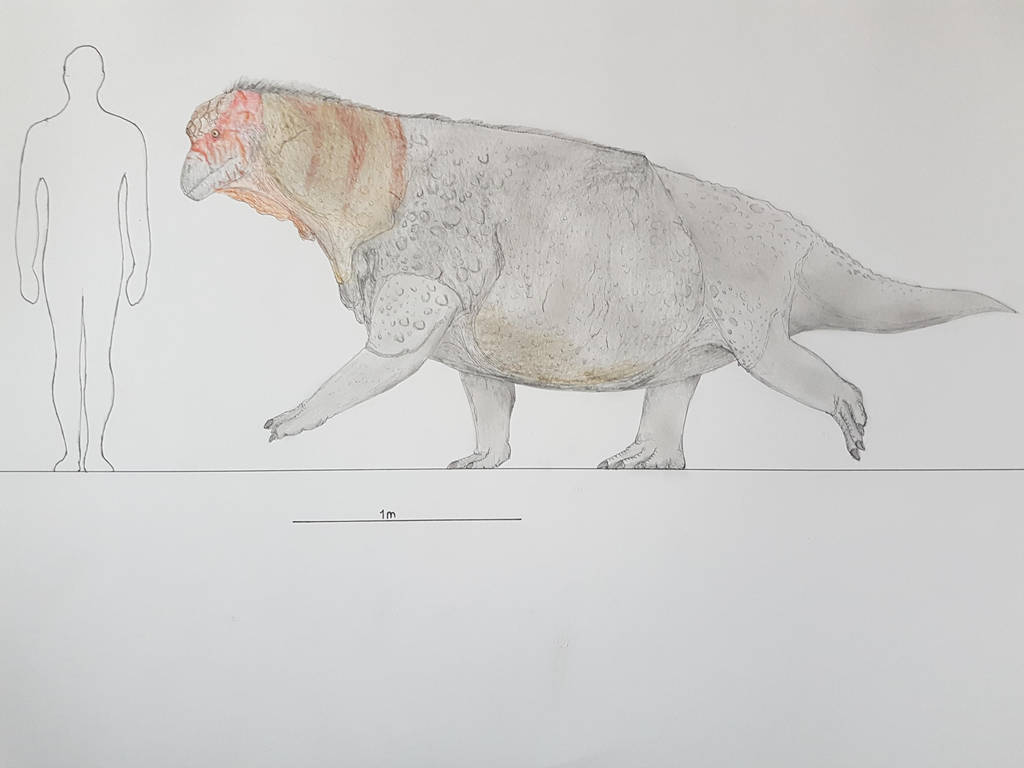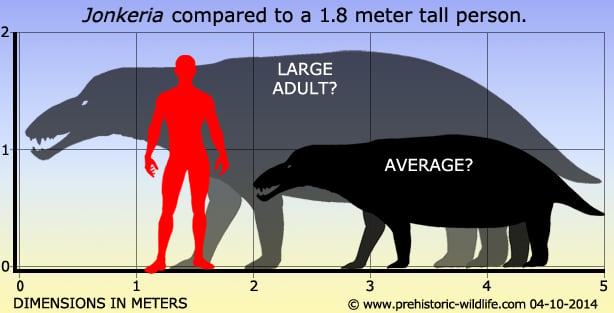mollwollfumble said:
PermeateFree said:
>>While mammals dominate the planet nowadays, for millions of years we played second fiddle to reptiles – most notably the dinosaurs. While reptiles became the biggest land animals to ever walk the Earth, mammals were mostly rat-sized critters running around underfoot. But now palaeontologists have described a mammal ancestor from the Triassic Period that bucked the trend and grew to the size of an elephant, giving those early dinosaurs a run for their money.<<

https://newatlas.com/lisowicia-bojani-elephant-ancient-mammal/57363/
Very interesting. Following it up led to https://peerj.com/articles/2913/
“All middle Permian dicynodonts are relatively small (skull length <20 cm) animals; the niche of large herbivore in the middle Permian Karoo was restricted to dinocephalians and pareiasaurs (Boonstra, 1969). In the late Permian, however, dicynodonts are overwhelmingly the most abundant large herbivores. Although this may have been driven in part by the opening up of ecospace resulting from the extinction of herbivorous dinocephalians, there is a substantial lag between dinocephalian extinction and large dicynodont evolution. Dinocephalians go extinct at the end of the Tapinocephalus Assemblage Zone (AZ) (Day et al., 2015a). Only one large-bodied dicynodont (the aberrant Endothiodon bathystoma; Cox & Angielczyk, 2014) appears immediately in the wake of dinocephalian extinction, in the overlying Pristerognathus AZ, and few large-bodied dicynodonts are present in the subsequent Tropidostoma AZ. The majority of large-bodied dicynodont taxa do not appear until the later Cistecephalus and Daptocephalus AZs, roughly five million years afterwards.”
mollwollfumble said:
An antique image (from 1969) showing a couple of pelycosaurs on the mammal family tree.

I wonder what’s the difference between Moschops and Dicynodon. “Moschops was a 2.7 metre long, massively built dinocephalian.” “Dinocephalia is a clade of large-bodied early therapsids that flourished for a brief time in the Middle Permian between 270 and 260 million years ago (Ma), but became extinct, leaving no descendants. Dinocephalians included both herbivorous, carnivorous, and omnivorous forms. Many species had thickened skulls with many knobs and bony projections. Dinocephalian fossils are known from Russia, China, Brazil, South Africa, Zimbabwe, and Tanzania.” Ah, I see, the dinocephalians went extinct before the large dicynodonts took centre stage.
By the way, mammal ancestors started out big and shrank during the Mesozoic. When we talk about mammals being “popcorn of the cretaceous”, that’s much later.

Oops, sorry, wrong thread. That was meant to be in “Ancient elephant-sized mammal ancestor gave dinosaurs a run for their money”. The earlier Dinocephalians also had elephant-sized and herbivorous members. “Dinocephalians were generally large. The biggest herbivores (Tapinocephalus) and omnivores (Titanosuchus) may have massed up to 2 tonnes, and were some 4.5 metres long, while the largest carnivores (such as Titanophoneus and Anteosaurus) were at least as long, with heavy skulls 80 centimetres long, and overall masses of around a half tonne.” But not quite “Elephant-sized”
Tapinocephalus

Chordata, Synapsida, Therapsida, Dinocephalia, Tapinocephalia, Titanosuchidae, Jonkeria





